The growth of the Internet of Things (IoT) has produced a corresponding growth in the volume of data collected at the network edge. The need to manage that data volume, in turn, has driven rapid growth in edge computing use cases.
In a nutshell, edge computing is processing that takes place as close as possible to the process or thing being monitored by an IoT device. Edge computing can be performed by devices directly connected to sensors, by routers or gateways that transmit data, or by small installations of servers that are deployed on-site in a closet or enclosure.
In the early days of the Internet of Things expansion, the relatively modest number of connected devices meant that organizations could afford to send all of their IoT data to the cloud or a corporate data center for processing, analysis and storage. But the recent proliferation of connected devices in virtually all industries and the steadily increasing volume of data they collect makes this approach impractical. Thus the need for edge computing.
We’ve discussed edge computing here in the Digi blog on several occasions. We’ve provided an
edge computing definition and outlined its business benefits in terms of
saving organizations bandwidth, time and money. In this article, we’ll look at edge computing examples and how they respond to the growing need for device and data optimization at the network edge. But first, let’s review some of the factors driving its growth.
Key Drivers for the Growth of Edge Computing

There are several reasons why the edge computing market is increasing rapidly. In addition to the greater number of connected devices, there are three key drivers of growth for edge computing:
- Latency — For many time-sensitive applications, the process being monitored requires a response in near real time, with near-zero latency. In these situations a round trip of data to and from the cloud or a corporate data center is impractical.
- Bandwidth — Both the physical limits of available bandwidth and the cost of transmitting large quantities of data make edge computing an attractive alternative.
- Reliability — Network congestion can interrupt the flow of data, causing unacceptable interruptions in use cases such as point-of-sale systems.
On average, most monitoring data collected by IoT sensors tends to be standard “heartbeat” data, which simply indicates that systems are functioning normally. There’s no need to transmit that kind of data to the cloud or a distant corporate data center. By filtering out this unchanging heartbeat data right at the network edge, in close physical proximity to where the data is gathered, edge computing devices can greatly reduce the volume of data that needs to be transmitted, saving on bandwidth and dramatically reducing latency.
The number of edge computing use cases is growing steadily, along with the number of smart devices that can perform a variety of processing functions at the edge. The growth of artificial intelligence (AI) and machine learning capabilities are also expanding the range of edge computing use cases.
Edge Computing Examples
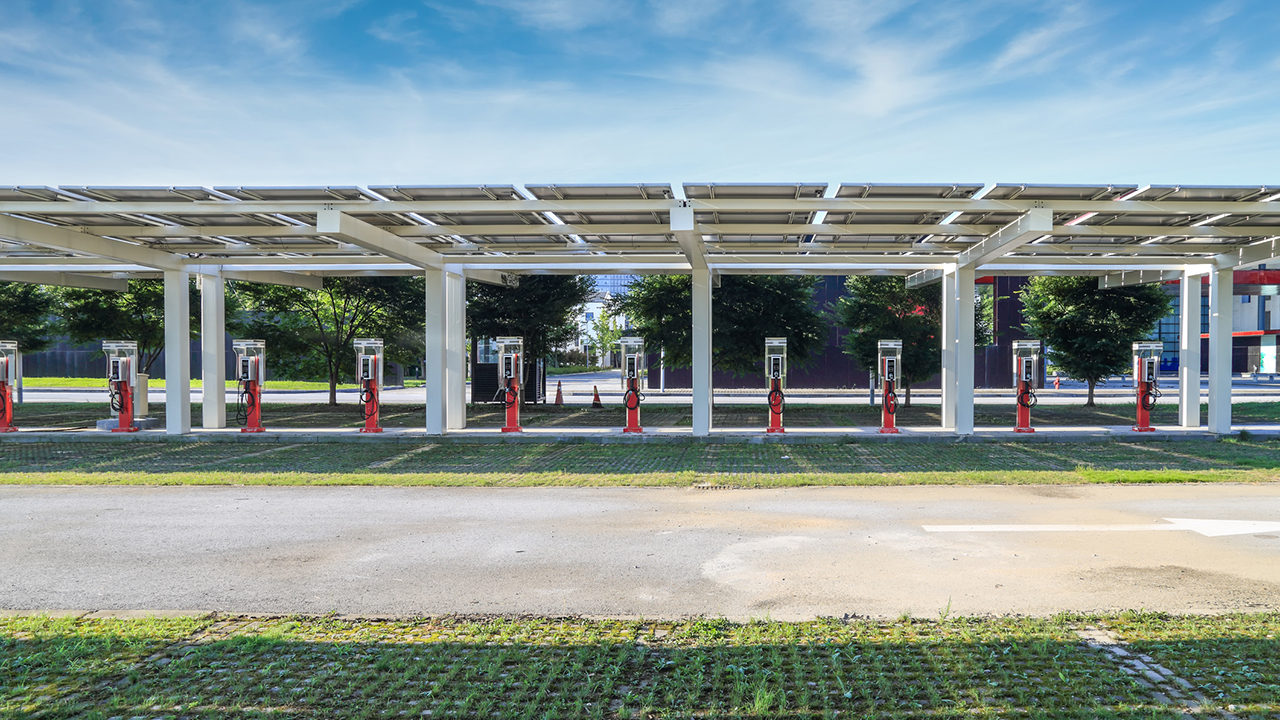
Examples of edge computing can be found in a wide variety of applications and industries. There is also a fair amount of overlap between different edge computing use cases. For example, edge computing functionality in autonomous vehicles is closely connected to edge computing functionality in traffic management applications.
Here are some of the most promising edge computing examples.
Autonomous Vehicles, Electric Vehicles and Charging Stations
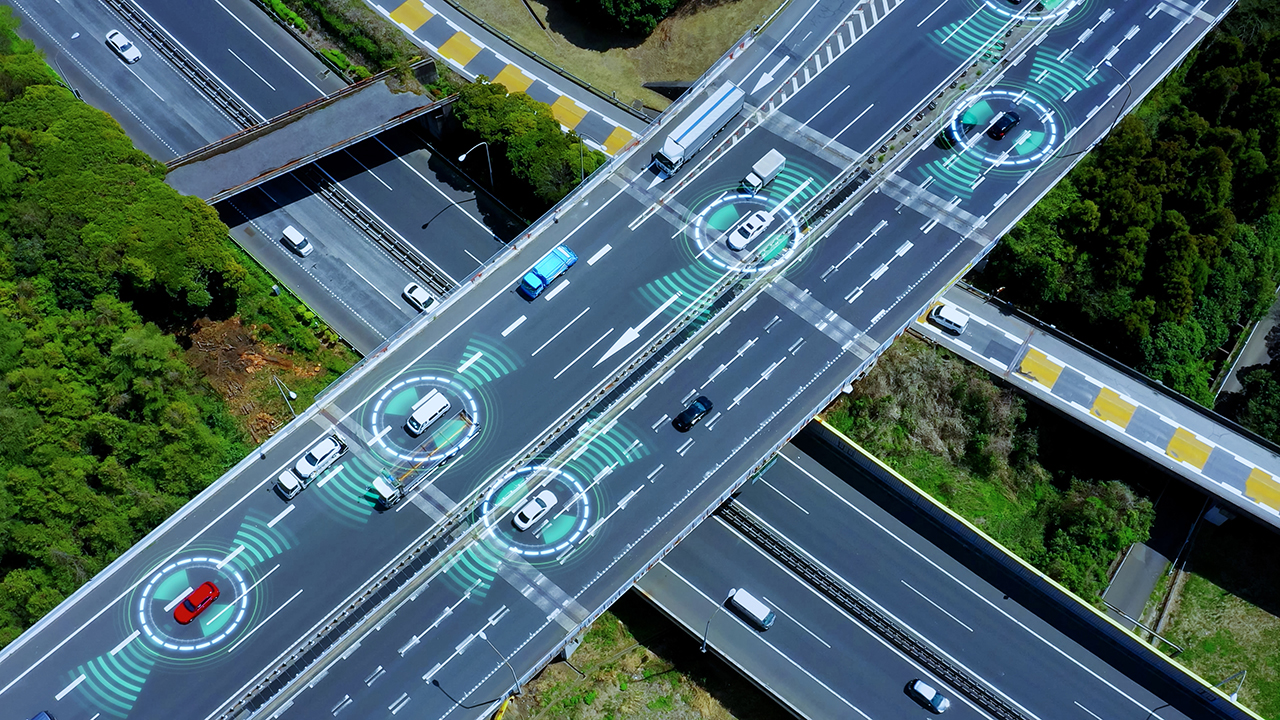
To function safely, autonomous vehicles need to collect and process data about their location, direction, speed, traffic conditions and more — all in real time. This involves sufficient onboard computing capacity to make every autonomous vehicle, in effect, its own network edge. Edge computing devices can gather data from vehicle sensors and cameras, process it and make decisions in milliseconds, with virtually no latency. This instantaneous decision making is a necessity in autonomous vehicles, for obvious safety reasons.
Edge computing features such as lane-departure warning and self-parking applications are already widely available. And as the ability of vehicles to interact with their environment becomes more widespread, so will the need for a fast and responsive network. Autonomous vehicles will operate in concert with other
connected vehicles, traffic management systems, roadside units and pedestrians on busy thoroughfares and at intersections.
Electric vehicles need continuous monitoring and can use edge computing for management of data to support predictive maintenance. EV batteries must be monitored, as their longevity depends on the individual habits of drivers, the congestion of the areas they travel and how often they are charged. Edge computing supports data aggregation to report the actionable data for performance and maintenance.
In EV charging stations, edge computing can support real time monitoring and data aggregation of a range of usage and availability metrics to support optimization of charging stations and planning for placement of future stations.
Traffic Management Systems

5G and connected vehicle technology, or "V2X" (vehicle-to-anything) communications mature.
Highly sophisticated systems today, like
New York City's traffic management system, can adjust the timing of traffic signals, manage the opening and closing of extra traffic lanes, ensure communications can continue in the case of a public emergency, and take other real-time actions to improve safety and convenience. As mentioned above, intelligent traffic management systems will play a key role the adoption of autonomous vehicles, where near-zero latency is critical.
Public Transit Systems
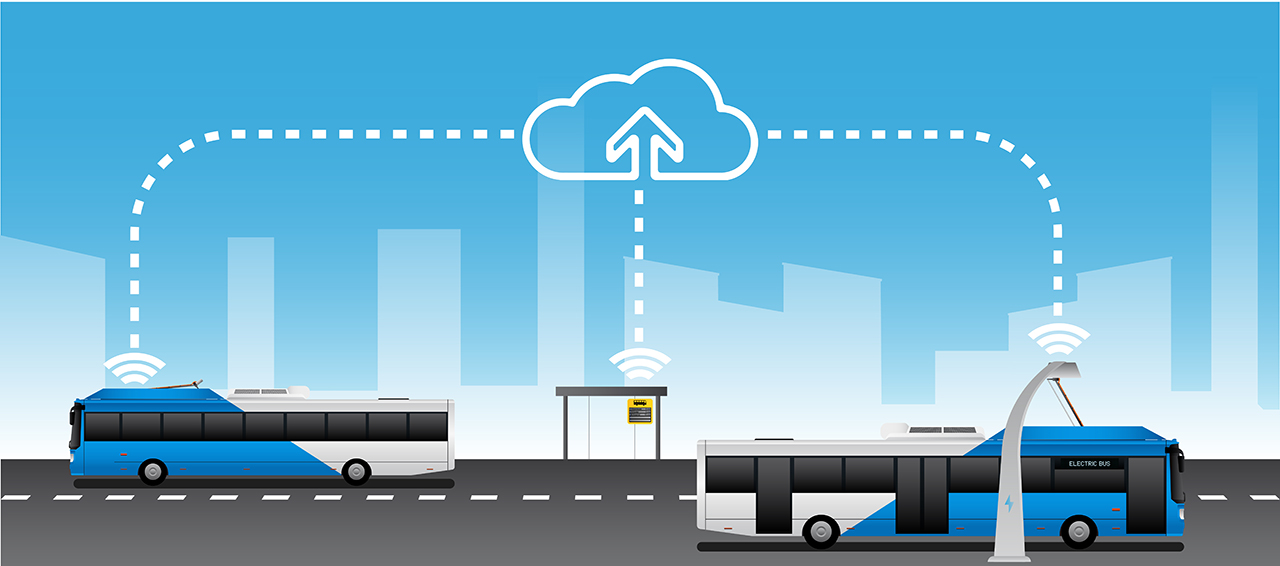
In
public transit applications, edge computing systems installed in buses, passenger rail systems and paratransit vehicles can aggregate and send only the data needed for to support in-vehicle processes and dispatcher insights.
For example, different types of data must be sent to passenger information systems, fleet monitoring and tracking systems, and intelligent surveillance of vehicles and stations for the safety of drivers and passengers. Information about arrival times or delays, or other time-sensitive information can be disseminated to passengers via digital signage or mobile applications.
Smart Cities, Clean Energy and Green Technology
The green tech movement is growing. Cities and smart grid systems can use edge computing devices to monitor public buildings and facilities for greater efficiency in lighting, heating, clean energy and more. For example:
- Intelligent lighting controls use edge computing devices to control individual lights or groups of lights to maximize efficiency while ensuring safety in public spaces.
- Solar fields use embedded edge computing devices to sense weather changes, adjust positioning, and report metrics such as battery usage.
- Wind farms use edge computing to connect to cell towers and route sensor data to substations using cellular routers and switches
Healthcare and Medical Applications
The
healthcare and medical industries collects patient data from sensors, monitors, wearables and other equipment to provide healthcare professionals with accurate, timely insights on patient condition.
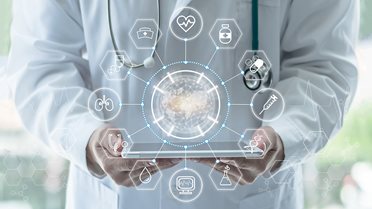
Edge computing solutions can deliver that information to dashboards for a complete, at-a-glance view of important indicators.
Edge computing solutions equipped with artificial intelligence (AI) and machine learning can identify outlier data so that medical professionals can respond to health needs in real time with a minimum of false alarms.
Edge computing can also be used in robot-assisted surgery, where near-zero latency is essential. In addition, by processing data locally, edge computing devices can help address issues of data privacy and patient confidentiality.
Retail Applications
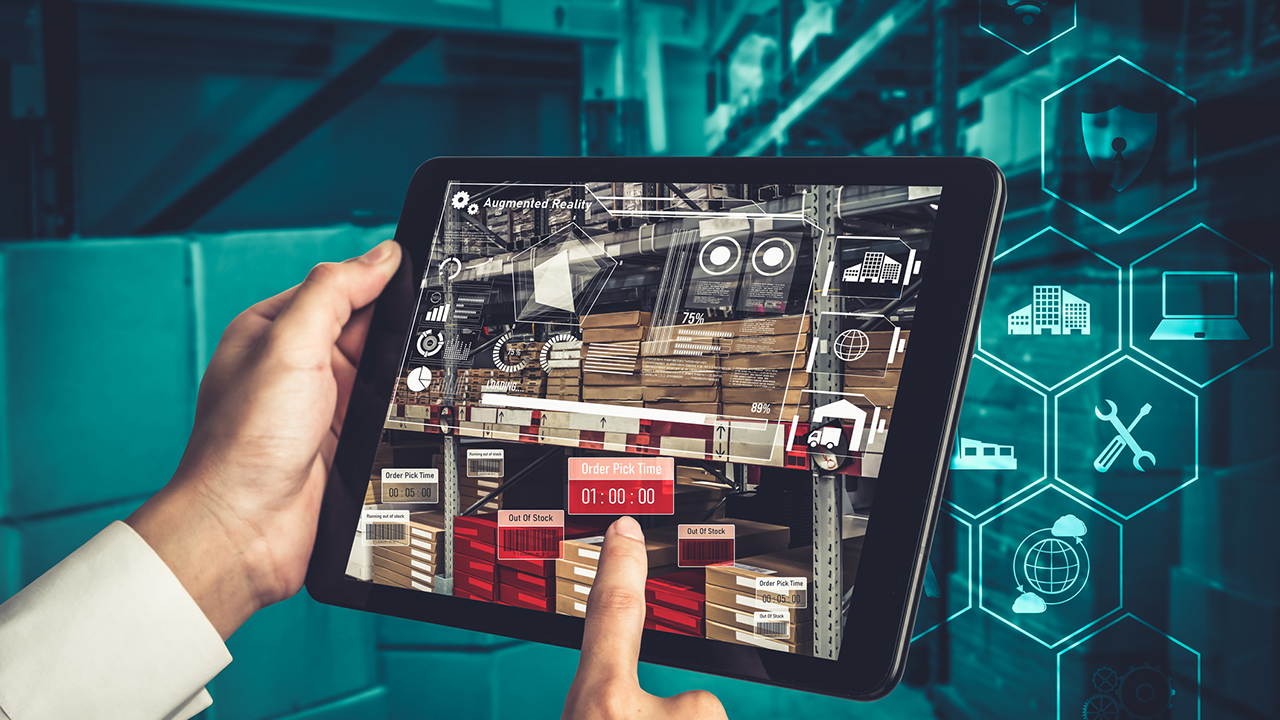 Retail applications
Retail applications generate huge amounts of data from point-of-sale systems, merchandise stocking operations, security video and other business activities. Edge computing can help analyze this diverse data and identify issues that need immediate attention, as well as longer term sales trends and business opportunities, such as the most effective in-store promotions and best product configurations for specific store locations.
Edge computing also offers the means to process customer information locally, without data leaving the geographical region where the customer lives, which is an issue of rising concern as it pertains to privacy regulations such as the European Union’s GDPR mandates.
Industrial Process Monitoring and Predictive Maintenance

Sensors and IoT devices in
industrial applications such as water and wastewater management, oil and gas and processing plants can track a variety of metrics and monitor the performance of machinery. For example, edge computing architecture can support efficient communications across highly complex SCADA (supervisory control and data acquisition) systems, to manage the high volumes of data from sensors and PLCs (programmable logic controllers).
Digi Remote Manager® – Digi’s remote IoT device management platform – is a key component of many such operations. SCADA systems very often integrate with critical business intelligence applications via cloud platforms like Microsoft Azure, Amazon Web Services and Google Cloud, and Digi Remote Manager facilitates this integration, ensuring that all data is delivered to the correct application.
Additionally, edge computing functionality supports management of failure detection and predictive maintenance. Predicting when a machine or component will fail allows factory operators to perform maintenance or replace a part before a failure occurs, saving costs from lost productivity.
If sensors detect a malfunction or conditions that indicate imminent failure, edge computing devices can trigger an actuator to take immediate corrective action, for example, adjusting the flow rate of a fluid, or modifying the movements of an industrial robot. After taking action, the result can be reported to the cloud for notification or further actions. Edge computing, plus cloud, enables communication between machinery and IoT sensors to improve quality control.
In the oil and gas industry, real-time responses facilitated by edge computing can prevent small problems from becoming catastrophic failures. Oil and gas plants are often located in remote locations and edge computing enables analytical processing close to the facility, meaning there is less reliance on the quality of connectivity to a data center, yet linking edge compute with the cloud allows the remote team to monitor large numbers of sites.
Manufacturing
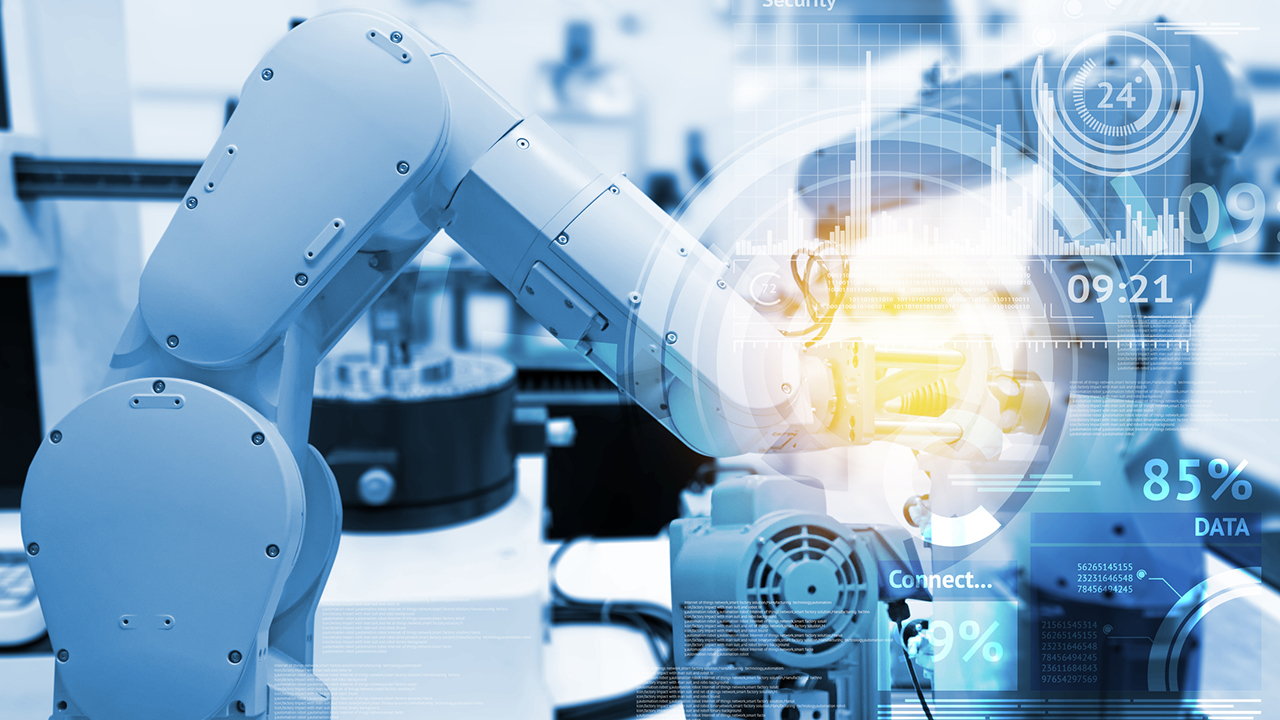 Industrial IoT
Industrial IoT has added millions of connected devices in manufacturing plants to gather data on production line performance and the quality of finished products. The low latency of edge computing enables an immediate response to problems on the assembly line, helping to drive improvements in quality and efficiency while reducing the need for human supervision.
Another edge computing use case in manufacturing is quality assurance. Fully autonomous assembly lines that use robots depend on edge computing solutions along with AI and machine learning to identify production errors and improve product quality.
Agriculture
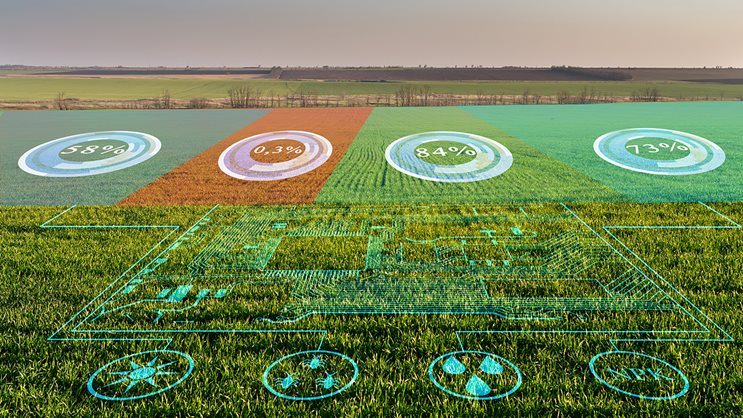
Farmers using
precision agriculture technology can use edge computing to track growing conditions such as temperature, humidity, soil moisture levels, nutrient levels and other metrics to guide decision-making about watering, fertilizer application and other activities. Edge computing is useful not only across vast acres of farm fields, but also in greenhouses and hydroponic growing facilities where sensors enable operators to track inputs precisely.
Aquaculture (fish farming) is another industry where on-site data processing is critical. Precise monitoring of complex environmental variables is essential in ensuring the health of fish, as well as proper feeding and automation that takes the guesswork out of these processes, which improves vitality and growth, while reducing costs. See the
bioFeeder case study.
Security and Worker Safety
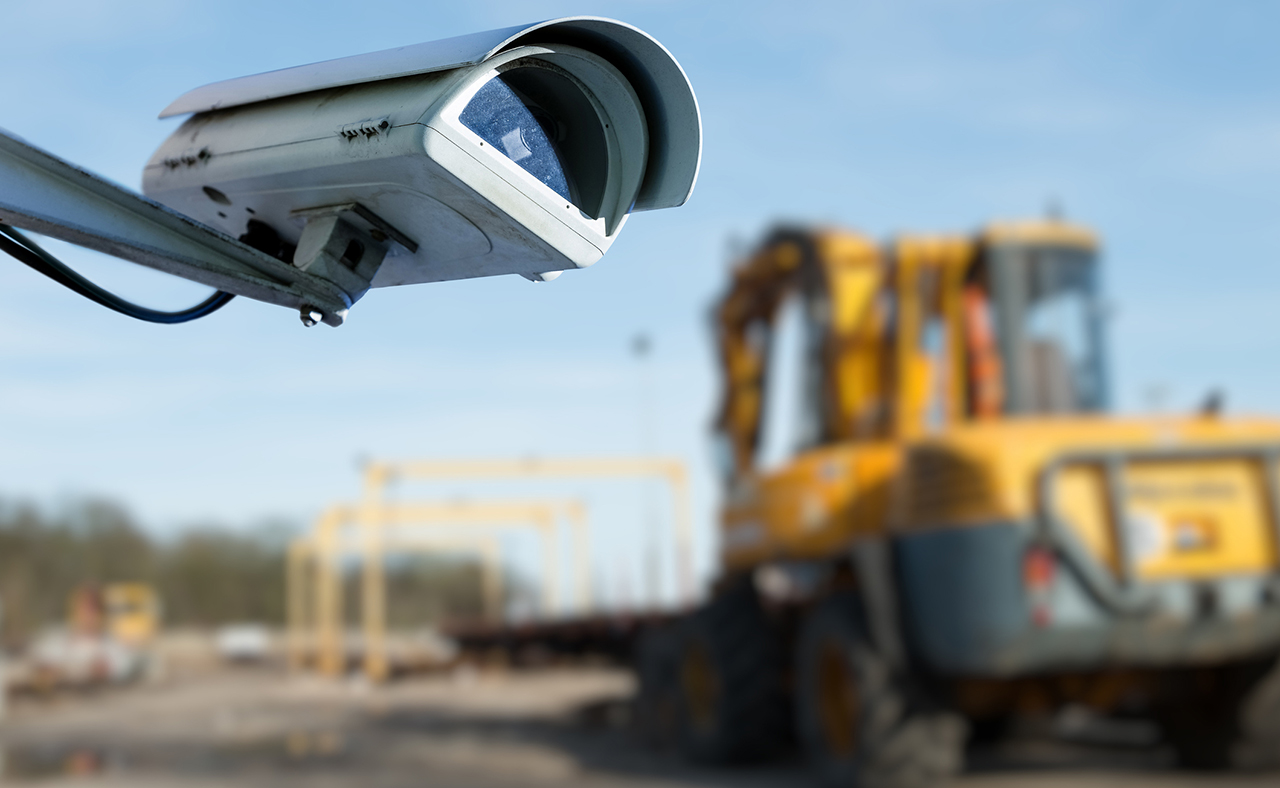
Edge computing can utilize data from on-site cameras, employee safety devices and sensors to help businesses prevent
unauthorized physical access to the site, and oversee workplace conditions to ensure employees are following established safety policies. This is especially important for workplaces that operate in hazardous or remote locations, such as at a construction site or on an oil platform at sea.
Edge computing devices can be used in conjunction with video monitoring and biometric scanning to ensure that only authorized individuals enter restricted areas. Surveillance systems can benefit from the low latency and reliability of edge computing because it’s often necessary to respond to security threats within seconds. Edge computing also significantly reduces bandwidth costs in video surveillance, since the vast majority of surveillance footage requires no response. See a case study.
Edge Computing Solutions
There are two broad categories of users who require edge computing technology:
- Network managers and systems integrators who need drop-in connectivity to link devices across their IoT networks and quickly establish edge computing functionality for optimal system performance and data management.
- Developers and original equipment manufacturers (OEMs) who design and build products with embedded edge computing capabilities, and need programmable development modules, wireless radios and gateways to support rapid development and fast time-to-market.
Digi offers
edge computing solutions meet the needs of both groups of users.
Digi Edge Computing Solutions for Network Managers and Systems Integrators

edge computing use cases. Digi routers can also filter and compress the data to minimize bandwidth requirements.
The
Digi TX64 5G Cellular Router offers fast uplink speeds, making it ideal for demanding applications in public transit, transportation and mobile environments. Digi TX64 5G provides true enterprise class routing, security, and firewall — with integrated VPN and reliable 4G failover for areas with limited 5G coverage.
The enterprise-grade
Digi EX50 5G Cellular Router provides reliable primary or backup connectivity in a wide range of indoor edge computing use cases, with an extended operating temperature range for deployment in smart factories, warehouses, construction sites or infrastructure sheds..
Digi IX20 cellular router is a versatile choice for edge computing applications in industrial infrastructure, digital signage, retail kiosks and more, with industrial-grade components capable of withstanding the harsh environmental conditions found in many industrial settings.
Digi Connect® Sensor+ connects sensors deployed across any industrial environment to gather and transmit sensor readings and route critical data for insights and automation, such as operating a switch to shut a valve in a pipeline if a predefined threshold is reached. This trigger functionality makes Digi Connect Sensor a popular choice for edge environments.

An indispensable tool for deploying and optimizing a network with edge computing is
Digi Remote Manager®, the centralized management and control platform that lets users edit device configurations, update firmware, schedule and automate tasks all from their desktop, tablet or smartphone.
Digi Remote Manager supports
remote management of your entire distributed IoT device network, whether your devices are mobile routers on municipal transit systems, or industrial devices on construction sites or in SCADA systems. With Digi Remote Manager, you can configure any number of devices at one time, keep tabs on your entire network, get alerts, automate
security monitoring, and establish your edge computing functionality with ease.
Digi Edge Computing Solutions for OEMs
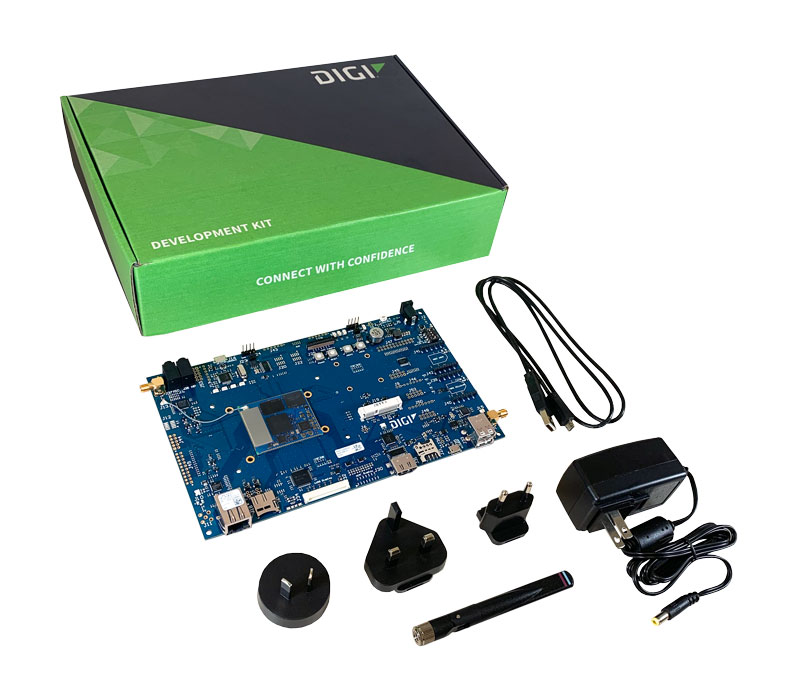
Digi system-on-modules (SOMs), such as the
Digi ConnectCore® 8X, provide multiple processing units capable of performing AI and machine vision tasks at the edge of the network.
Machine vision solutions, for example, can perform image-based analysis for applications including automatic inspection, process control and robot guidance in industry.
Digi XBee® embedded devices can be programmed to perform various functions at the edge. These compact, embedded modems can take readings on a regular basis and initiate action when certain thresholds are reached. MicroPython programmability also enables developers to control the functionality of edge computing devices.
Digi EX15 IoT gateways are all-in-one solutions. These devices perform gateway functions, including aggregating data, converting it from analog to digital format, and encrypting it before transmitting it over the network, and also act as cellular routers, delivering secure, persistent connectivity anywhere.
Security, of course, is a critical consideration on the edge as it is everywhere. The scalability and built-in features of
Digi TrustFence® give all Digi embedded solutions a powerful advantage in security for edge computing-deployments.
Design, Development and Deployment Services for Edge Computing
For those who need to augment their capabilities with additional engineering or deployment resources, Digi has supporting services.
- Digi Wireless Design Services provides design consultation, product development, integration of board support packages, certification assistance, and other go-to-market support.
- Digi Professional Services can support organizations in the implementation of virtually any edge computing use case, with everything from Python coding and BASH scripting to device configuration and on-site deployment services.
How Can Digi Help You
The edge computing examples we've shared demonstrate the breadth of this growing trend, and the many vertical industries it supports. Our edge computing solutions are helping organizations, industrial outfits and smart cities get better performance and efficiency from their IoT deployments. And Digi is ready to help you with any aspect of your edge compute planning, from defining a strategy, to programming edge intelligence, to building out your solution.
Contact us to learn how Digi can support your edge computing application.